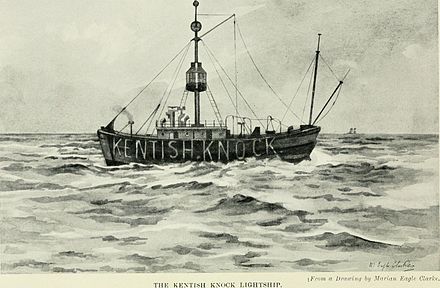Introducing William Eagle Clarke, a renowned #ornithologist and Keeper of Natural History here at @NtlMuseumsScot for 15 years. Clarke died #OTD in 1938.
Grab a cup of tea and join us for a not so wee thread in celebration of his achievements...
Grab a cup of tea and join us for a not so wee thread in celebration of his achievements...
Clarke hailed from Leeds. He trained as a surveyor but later worked at @LeedsMuseums. (Oh hey friends!  https://abs.twimg.com/emoji/v2/... draggable="false" alt="👋" title="Winkende Hand" aria-label="Emoji: Winkende Hand">)
https://abs.twimg.com/emoji/v2/... draggable="false" alt="👋" title="Winkende Hand" aria-label="Emoji: Winkende Hand">)
He joined us at @NtlMuseumsScot in 1888, when he was appointed as senior assistant to the then Keeper, Dr Ramsay Traquair.
He joined us at @NtlMuseumsScot in 1888, when he was appointed as senior assistant to the then Keeper, Dr Ramsay Traquair.
At this time he was Secretary to the British Association’s Migration Committee. Bird sightings were collated from schedules, supplied from lighthouse keepers around the coast.
Clarke recorded data & collected specimens on many field-trips, mainly on lightships & lighthouses.
Clarke recorded data & collected specimens on many field-trips, mainly on lightships & lighthouses.
In 1905 he made the 1st of 7 visits to Fair Isle, a location chosen for its potential for migrant #birds. He claimed the island “excelled expectations”, and it yielded several Scottish or British ‘first records’.
Including the FIRST British record of a Red-throated Pipit (1908).
Including the FIRST British record of a Red-throated Pipit (1908).
In 1906 Clarke became Keeper of Natural History and headed the redevelopment of the Natural History galleries.
The work had to be put on hold during World War I, but that didn’t stop Clarke from commissioning fantastic dioramas of #birds and mammals.
The work had to be put on hold during World War I, but that didn’t stop Clarke from commissioning fantastic dioramas of #birds and mammals.
Clarke was a prolific author, with over 100 books and papers to his name. He published on the Scottish National Antarctic Expedition (1902-1904), and Studies in Bird Migration in 1912. In recognition, he was awarded an honorary doctorate by St Andrews University in 1916.
The subspecies of song thrush on the Outer Hebrides was first described by Clarke. He is also credited with describing a pigeon from the Philippines (Phlogoenas keayi) and a finch species from Gough Island.
 https://abs.twimg.com/emoji/v2/... draggable="false" alt="📷" title="Kamera" aria-label="Emoji: Kamera"> Male syntype of Turdus musicus hebridensis
https://abs.twimg.com/emoji/v2/... draggable="false" alt="📷" title="Kamera" aria-label="Emoji: Kamera"> Male syntype of Turdus musicus hebridensis
Clarke was President of the British Ornithologists’ Union (1918-20) & was the 1st recipient of the Godman-Salvin medal for his OUTSTANDING ornithological work.
Often referred to as simply ‘Eagle Clarke’ he is remembered nowadays as ‘the father of Scotland’s #bird observatories’.
Often referred to as simply ‘Eagle Clarke’ he is remembered nowadays as ‘the father of Scotland’s #bird observatories’.

 Read on Twitter
Read on Twitter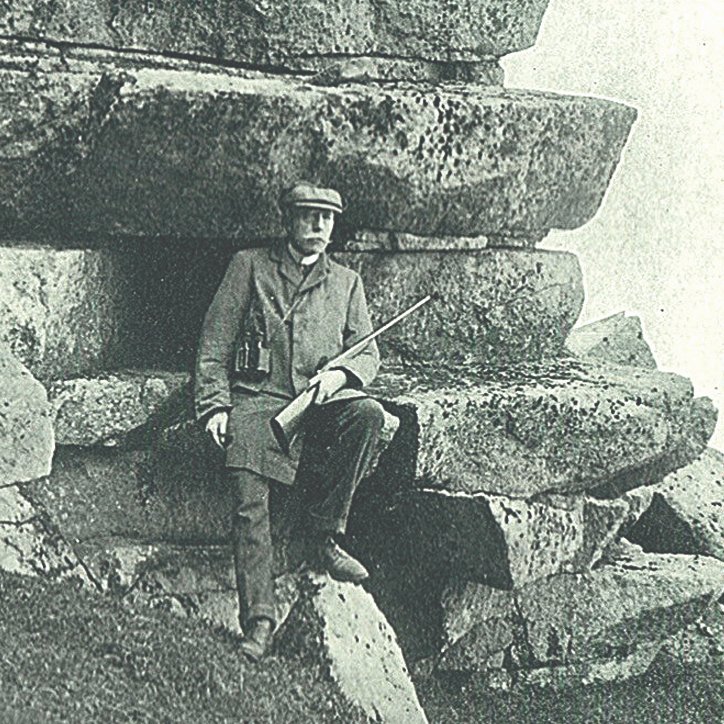
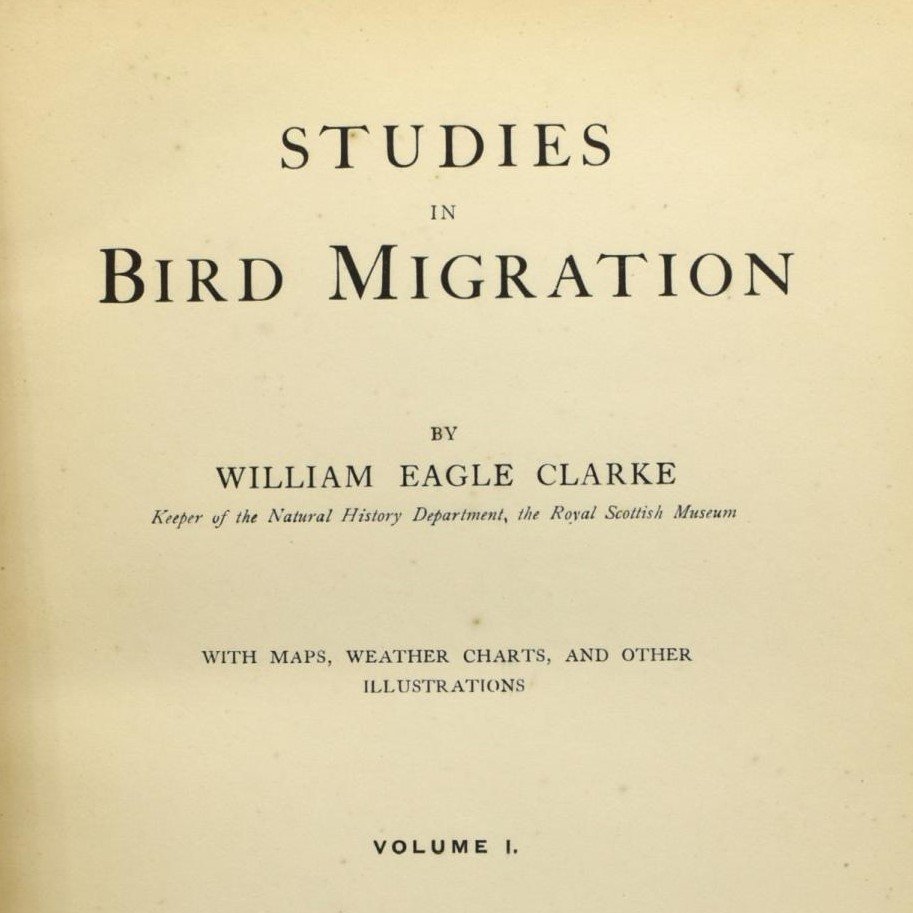
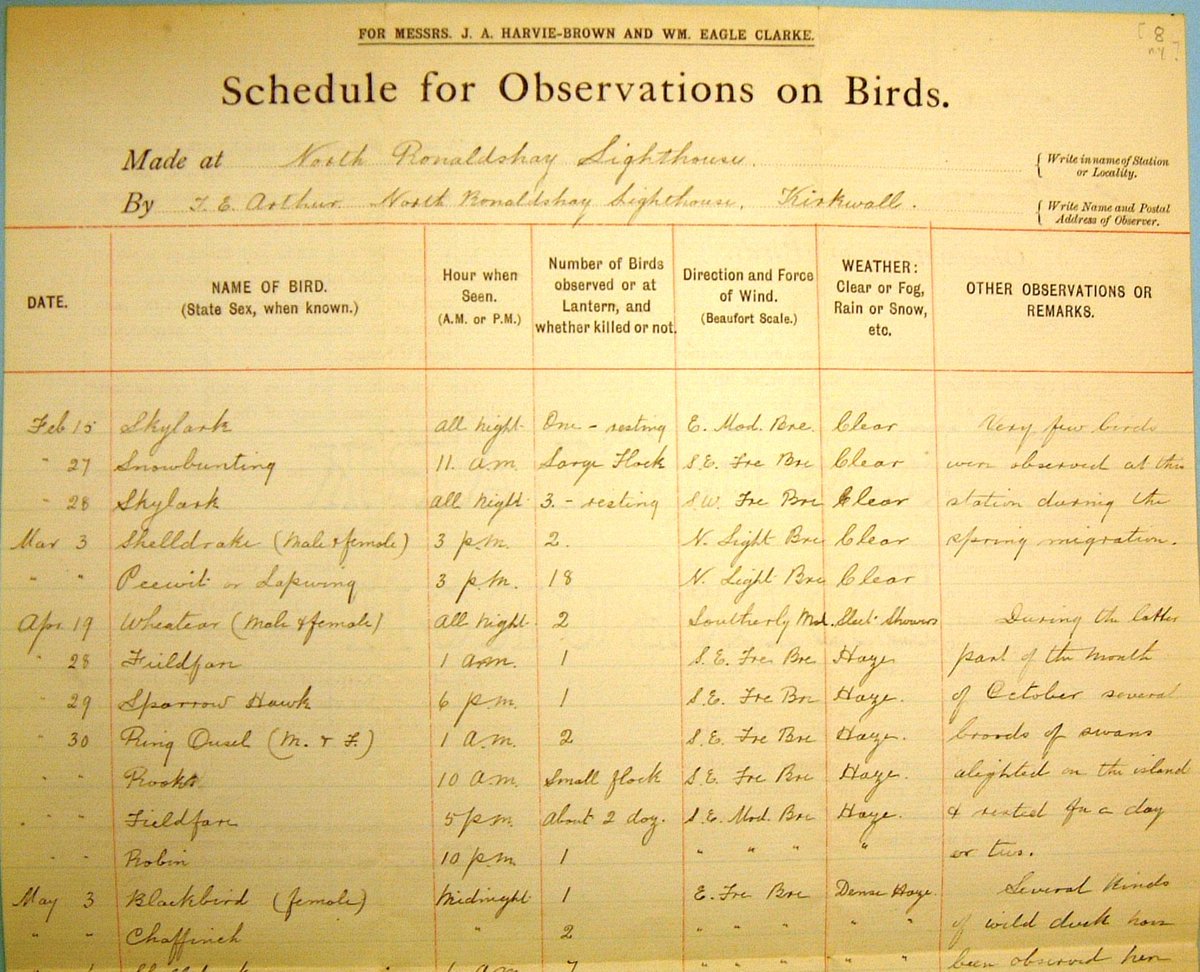
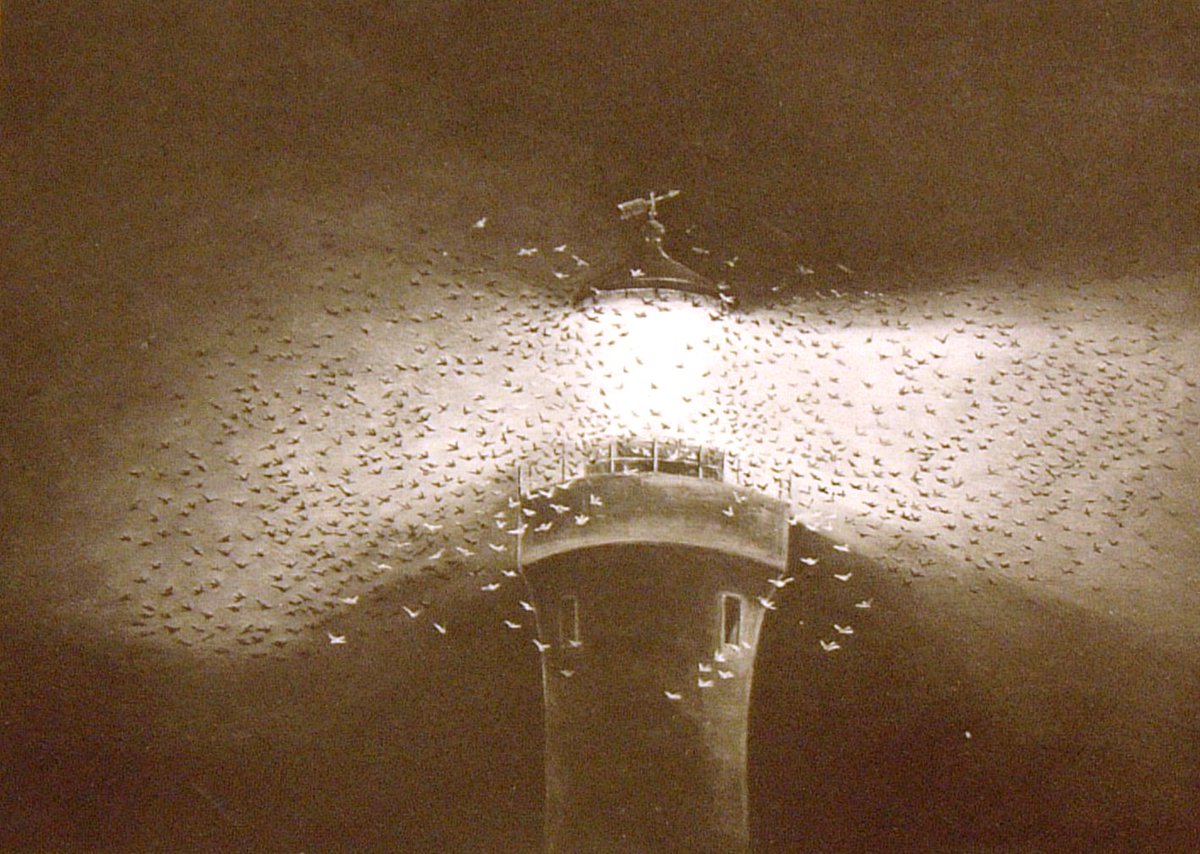
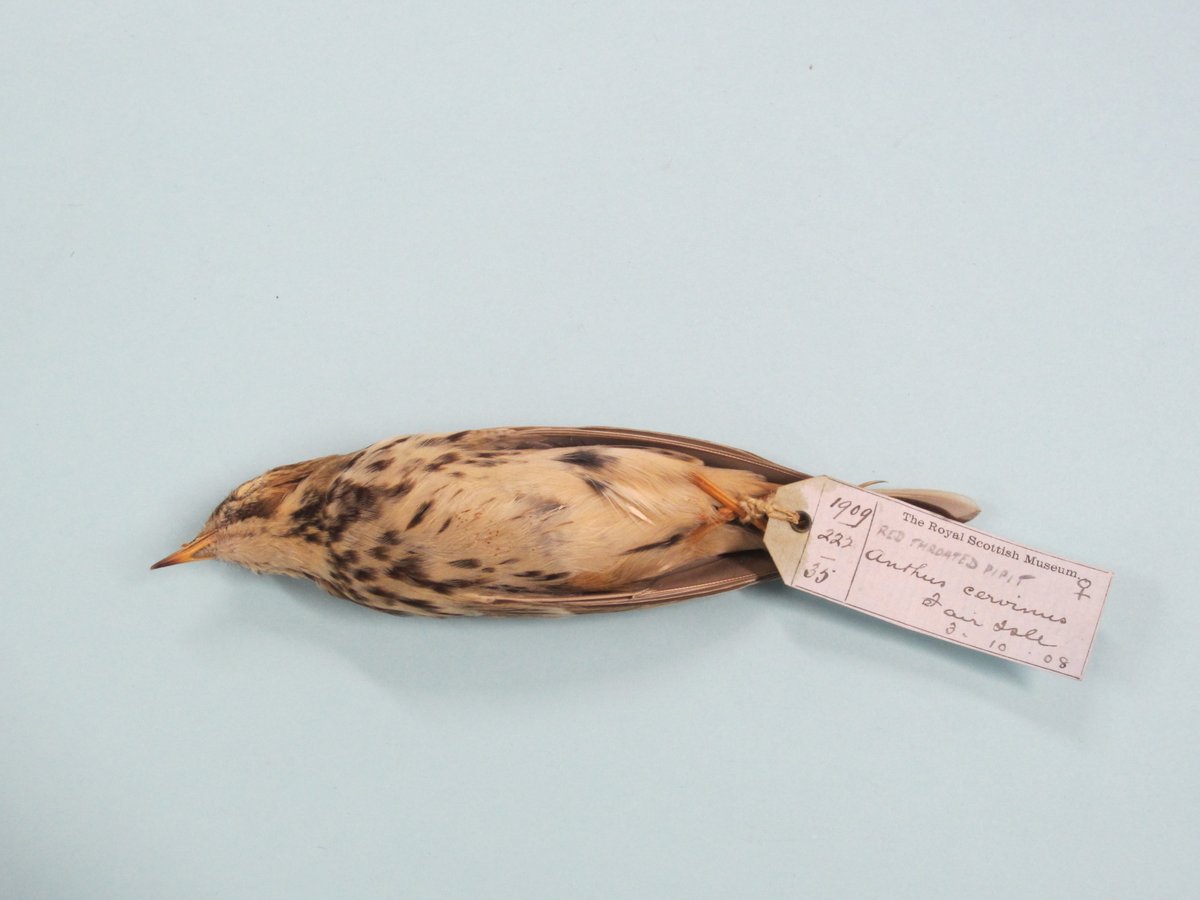
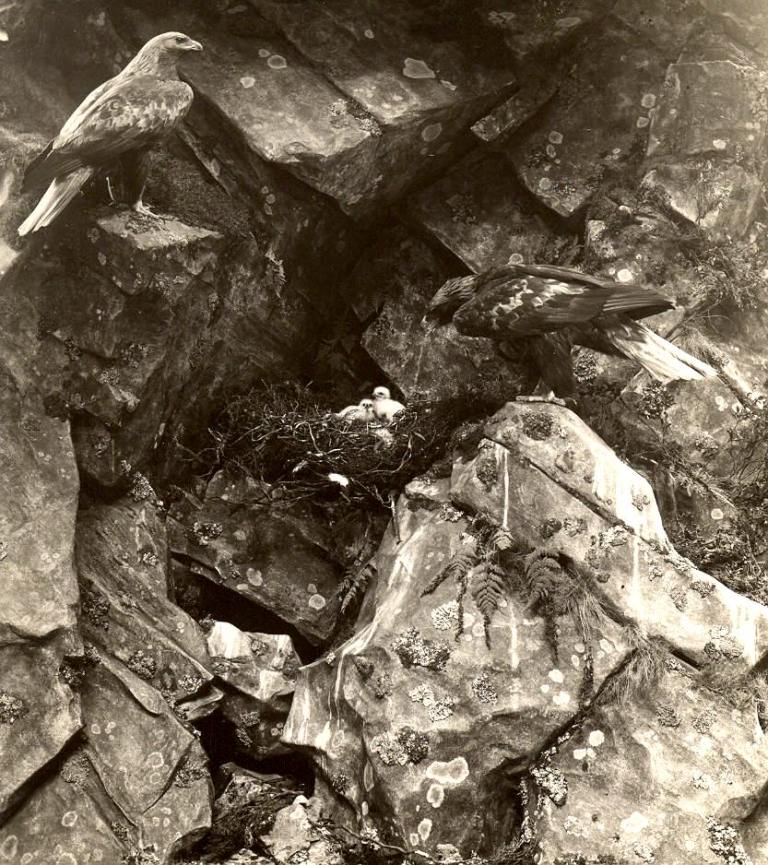
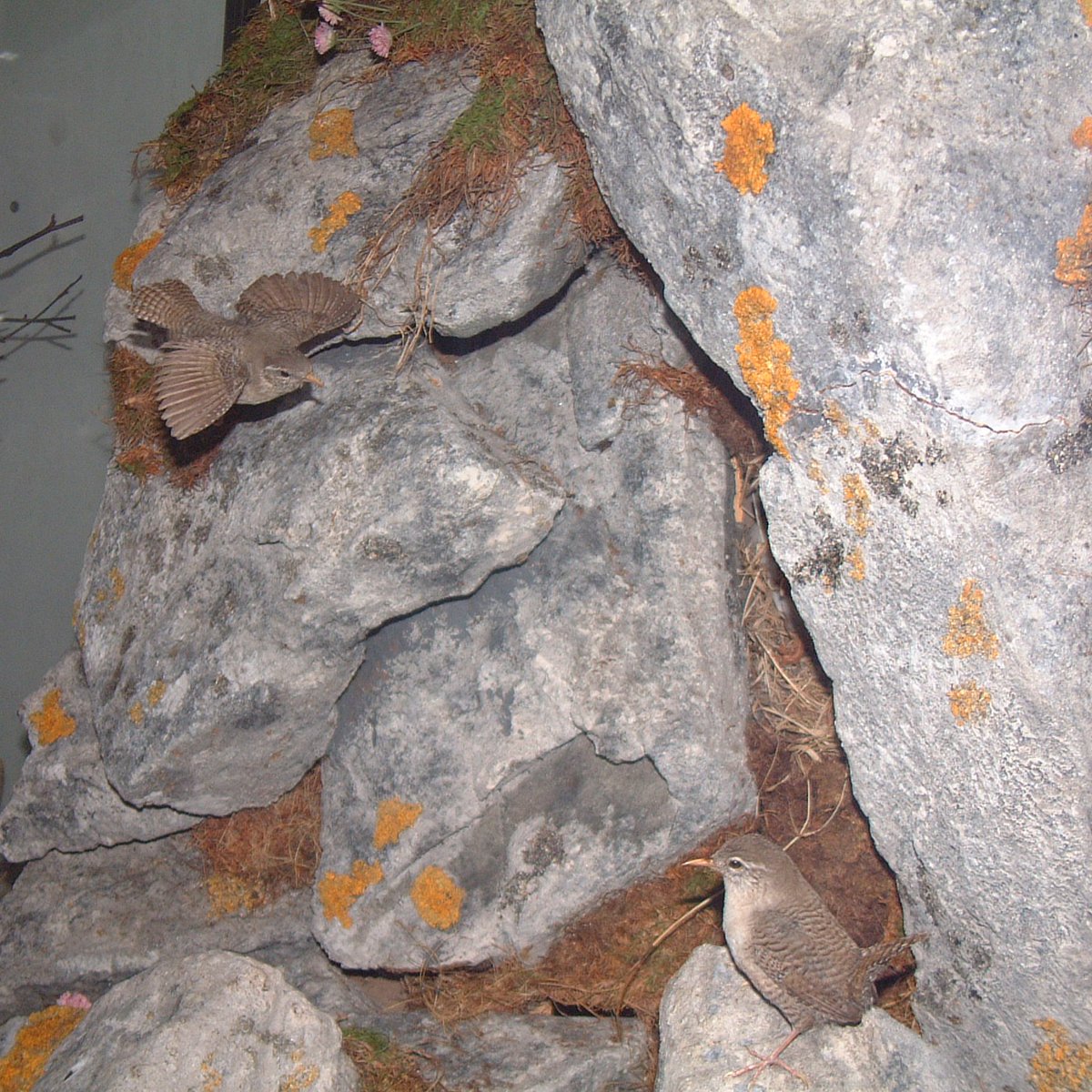
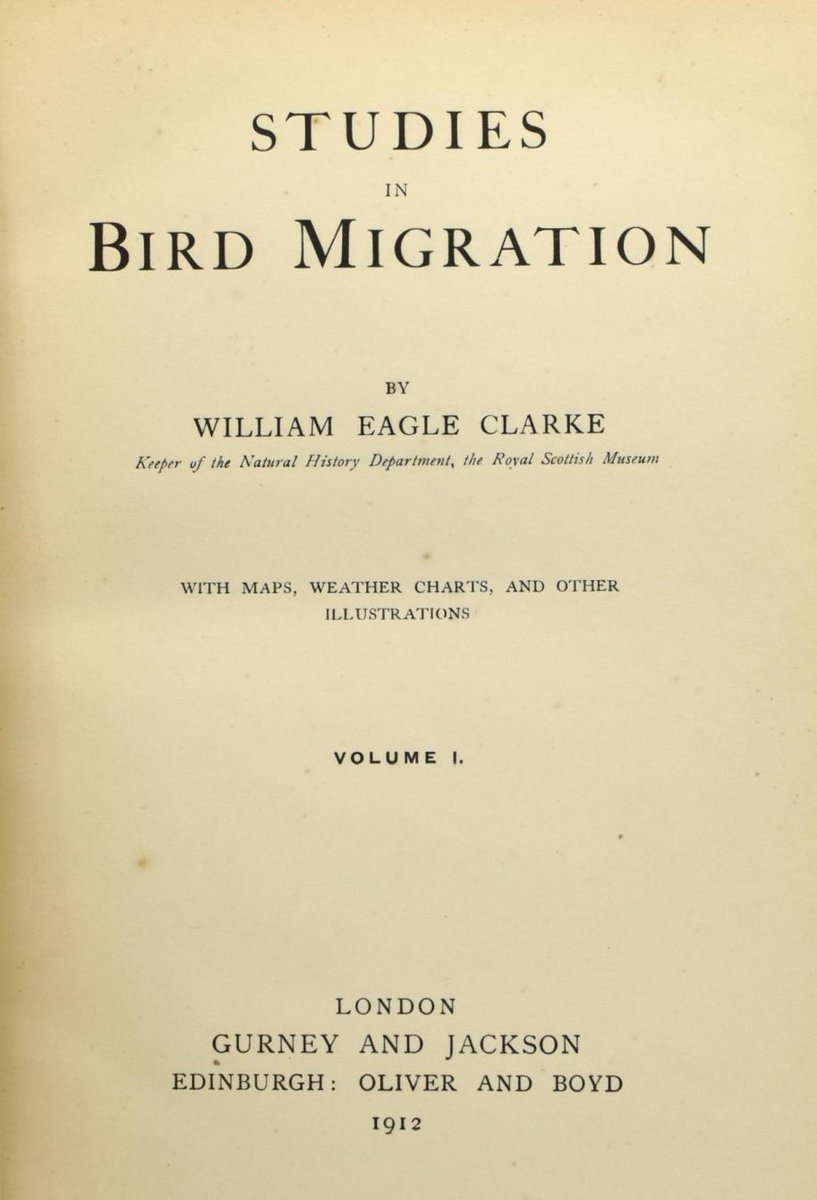
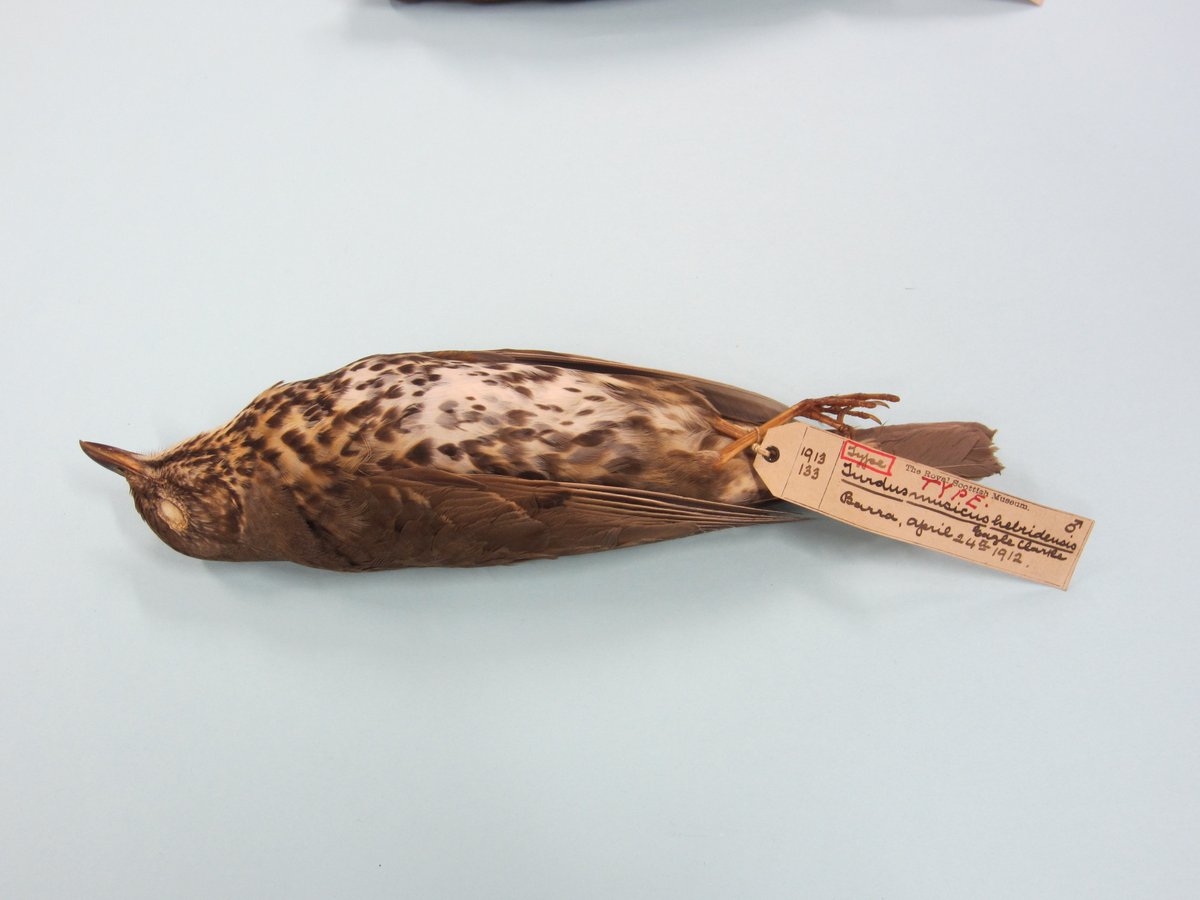 Male syntype of Turdus musicus hebridensis" title="The subspecies of song thrush on the Outer Hebrides was first described by Clarke. He is also credited with describing a pigeon from the Philippines (Phlogoenas keayi) and a finch species from Gough Island.https://abs.twimg.com/emoji/v2/... draggable="false" alt="📷" title="Kamera" aria-label="Emoji: Kamera"> Male syntype of Turdus musicus hebridensis" class="img-responsive" style="max-width:100%;"/>
Male syntype of Turdus musicus hebridensis" title="The subspecies of song thrush on the Outer Hebrides was first described by Clarke. He is also credited with describing a pigeon from the Philippines (Phlogoenas keayi) and a finch species from Gough Island.https://abs.twimg.com/emoji/v2/... draggable="false" alt="📷" title="Kamera" aria-label="Emoji: Kamera"> Male syntype of Turdus musicus hebridensis" class="img-responsive" style="max-width:100%;"/>
